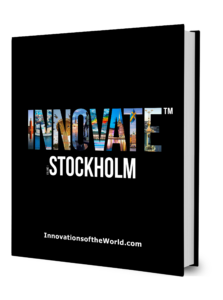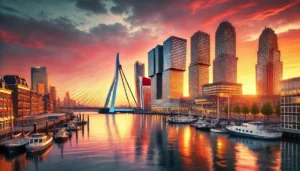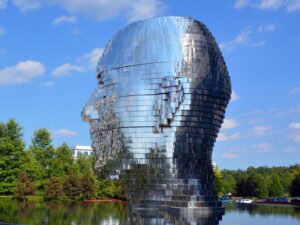In my journey as a sustainability expert and innovation leader, I’ve come to see a powerful synergy between these two fields. Working across both sustainability and innovation allows us to turn today’s challenges into opportunities, creating solutions that benefit people, communities, and ecosystems alike.
Above all, innovation and sustainability must work together to create lasting value—true progress that benefits people, organizations, communities, and even the biosphere as a stakeholder in our innovation efforts. This focus on interconnected value creation is what drives my work and guides how I engage with clients, students, organizations, and ecosystems alike.
There are many good reasons to work on both innovation and sustainability, but one of the most important aspects is that these two disciplines share the same capabilities at organizations. Both innovation and sustainability require navigating complex, high-risk environments and thriving amidst uncertainty. Therefore, while innovation fuels the development of new solutions, sustainability ensures that these advancements are crafted with an eye toward positive impact. Together, they provide a framework for organizations to grow and adapt in ways that respect our planet and communities. This is what Sustainability-driven innovation is for me. It is not only an initiative; it’s a proactive, continuous development work that integrates environmental, social, and economic considerations into the fabric of business strategy. By developing capabilities in both sustainability and innovation management, organizations can stay agile in the face of shifting consumer demands, technological advancements, and evolving regulations. This dual focus breaks down traditional boundaries and silos, fostering a culture of growth that values continuous learning, adaptation, and responsible stewardship.
By making sustainability and innovation core elements of their strategies, businesses can uncover unique opportunities for growth, differentiation, and resilience. This integrated approach enables them to address the pressing social and environmental challenges of our time while delivering value to both shareholders and stakeholders. In essence, sustainability-driven innovation equips organizations to do more than just mitigate risks—it empowers them to grow, lead, and remain relevant in a world that demands responsible transformation.
My guiding principles, or watchwords, as a leader in these fields are value creation, sensing and foresight, resilience, and inclusive leadership. Value creation is essential because every initiative should generate positive impact across the board. It’s about ensuring that the value we create benefits not only the organization but also all stakeholders—people, communities, and even the natural systems on which we depend. This commitment to creating interconnected value is at the heart of sustainability-driven innovation, where new solutions are crafted with an eye toward lasting, positive impact. In pursuing this, sensing and foresight become critical capabilities.
Sustainability requires us to look beyond the present and anticipate future needs and challenges, ensuring that the benefits we deliver today do not lead to unintended consequences tomorrow. Similarly, resilience speaks to the need for systems and solutions that can adapt and thrive amidst change. In an unpredictable world, building resilience into our strategies ensures that the value we create is both sustainable and robust, able to withstand evolving risks and opportunities. Finally, inclusive leadership underscores the importance of bringing diverse voices and perspectives into the conversation. True sustainability and innovation are achieved when we collaborate across different sectors and communities, ensuring that everyone has a stake in the future we ‘rebuilding.
This inclusivity fosters a culture of growth rooted in continuous learning, adaptation, and responsible stewardship. To truly innovate, we must do so with an eye on sustainability, forging a path that not only meets today’s needs but also enriches our collective future. My hope is that this message inspires others to see innovation not just as a tool for growth, but as a shared responsibility to craft a future we all want to be part of.














